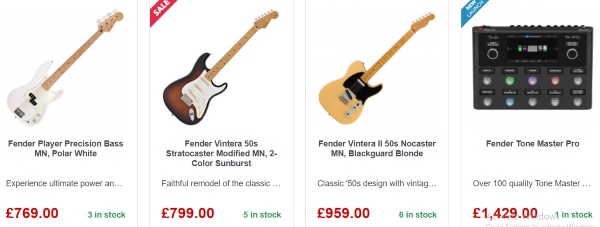Navigating the Fretboard: A Beginner’s Guide to Reading Guitar Scales
For many beginners, diving into the world of guitar playing is both thrilling and slightly overwhelming. A fundamental aspect that often causes confusion is understanding how to read guitar scales. Scales are the building blocks of music, vital for improvisation, solos, and creating melodies. Let’s demystify this process and make scale reading approachable for every budding guitarist.

What Are Guitar Scales?
Before we dive into reading them, it’s essential to understand what scales are. In simple terms, a guitar scale is a series of notes played in ascending or descending order that adhere to a specific pattern within an octave.
The Layout of Guitar Scales
Guitar scales are typically represented in two ways: notation on a musical staff or more commonly for beginners, through tablature (tabs). Tabs are a simplified system that tells you which frets to press on which strings, using numbers on lines that represent the strings of the guitar.
Understanding Guitar Tablature for Scales
Strings and Frets: In tabs, six horizontal lines represent the six strings of the guitar, with the bottom line symbolizing the low E string and the top line the high E string. The numbers on these lines indicate the frets. For example, a “3” on the bottom line means you press down the third fret on the low E string.
Ascending and Descending: Scales can move up (ascending) or down (descending) in pitch. In tabs, you’ll typically see a series of numbers increasing for ascending scales and decreasing for descending scales.
Scale Patterns: Each scale type, such as major, minor, pentatonic, or blues, has its own unique pattern of intervals, which you’ll learn to recognize over time. For now, focus on playing the notes in the order they appear in the tab.
Tips for Reading and Playing Scales
- Start Slowly: Accuracy before speed. Ensure you’re hitting the right notes cleanly before increasing your speed.
- Use a Metronome: This helps develop your timing and rhythm, crucial for playing scales smoothly.
- Practice Regularly: Regular practice helps muscle memory, making it easier to navigate the fretboard without constantly looking at the tabs.
- Learn One Scale at a Time: Master the major or minor scale thoroughly before moving on to more complex scales like pentatonic or blues.
- Apply Scales Musically: Once comfortable, try using scales to create simple melodies or solos. This helps in understanding their practical use in music.
Visual Aids
Many beginners find it helpful to use scale diagrams alongside tabs. These diagrams show the fretboard and where to place your fingers for each note of the scale. They provide a visual map that complements the tablature, making practice more effective.
Conclusion
Reading guitar scales is a fundamental skill that opens up a world of musical possibilities. By starting with tablature, you can quickly get a feel for how scales are constructed and how they sound on the guitar. Remember, patience and consistent practice are key. With time, you’ll not only read scales with ease but also use them to express your musical ideas creatively.




